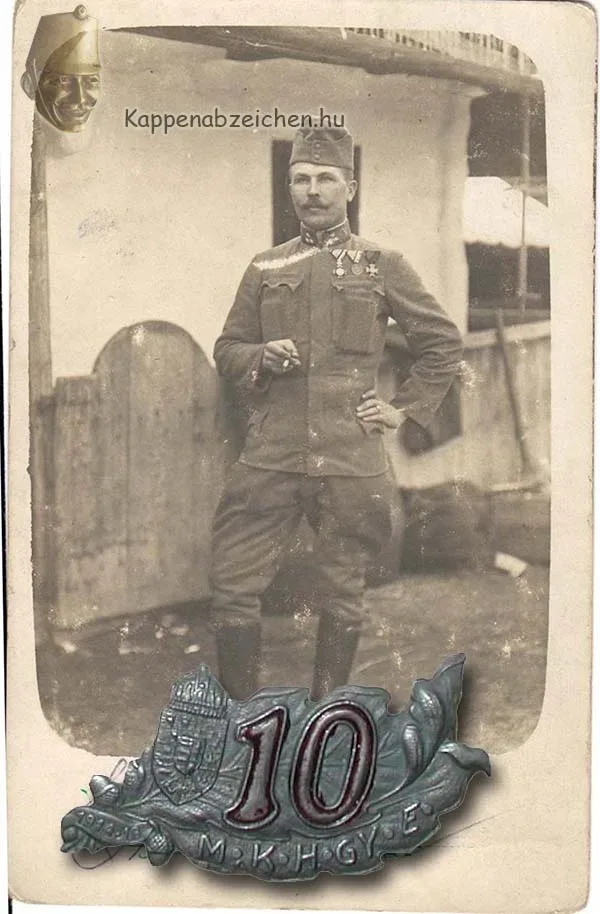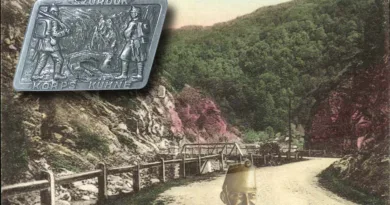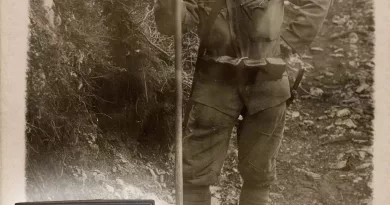Aklos Inn
The military operations in the Eastern Carpathians from the fall of 1916 have already been discussed on this page. An outstanding event was the capture of Magyaros-height, which dominates the Úz valley. In 1916/17, the defense of the front section was primarily provided by the 39th Honvéd Infantry Division. After the expulsion of the Romanian forces at the end of 1916, the armies of the Central Powers did not continue the attack in Moldavia on the eastern side of the Carpathians. The collapsed Kingdom of Romania was helped out by the Russian ally. Also in the Carpathians, Russians occupied the passes leading to Moldova and the surrounding mountains.
At that time, the Russian troops no longer had the strength to break into the territory of Transylvania. The Monarchy was also content to keep the enemy in check near the historical borders. The actions launched in the region mostly took place with the participation of at most one regiment. The attack against Magyaros was at divisional level. But even this action had only a limited purpose: to occupy the strategically important height.
Life at the front without major breakthroughs was not bloodless. This is evidenced by the military cemetery in the Úz valley, where most of those killed in action belonging to the 39th division rest together with the Germans who supported them. A little further back, at the entrance to the valley, there was also a notable point. Unfortunately, this can no longer be found not even in its ruins: the Aklos Inn. The postcard attached to the post was sent to the headquarters of the II/10 honvéd infantry battalion, in the Aklos Inn.
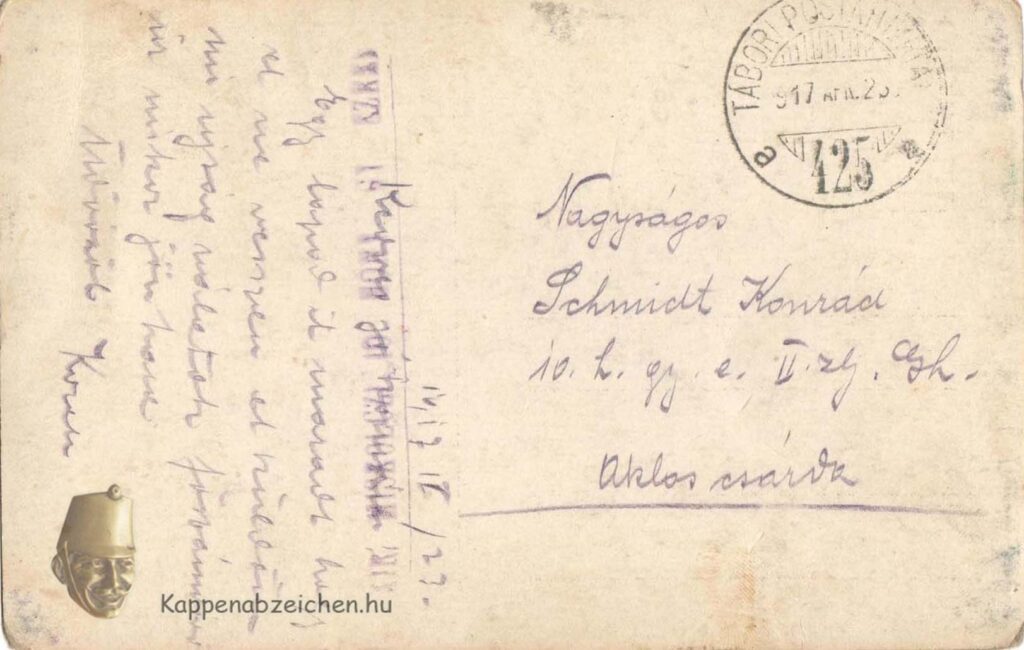
Aklos Inn would not be particularly notable if it did not have the memory of a several-day battle fought here several years later. After 1917, the Russians also invaded the Úz valley in 1944. The fortified point closing the valley was near the inn. The Russians managed to capture this point only after several days of siege, at the cost of serious losses. The name of Aklos Inn remained in memory because of the battle that took place between August 26 and September 11, 1944. A detailed description of the battle can be found here. The Romanian authorities who occupied the area after the Russian invasion blew up the ruins of the fort and the inn, so nothing can be seen today.
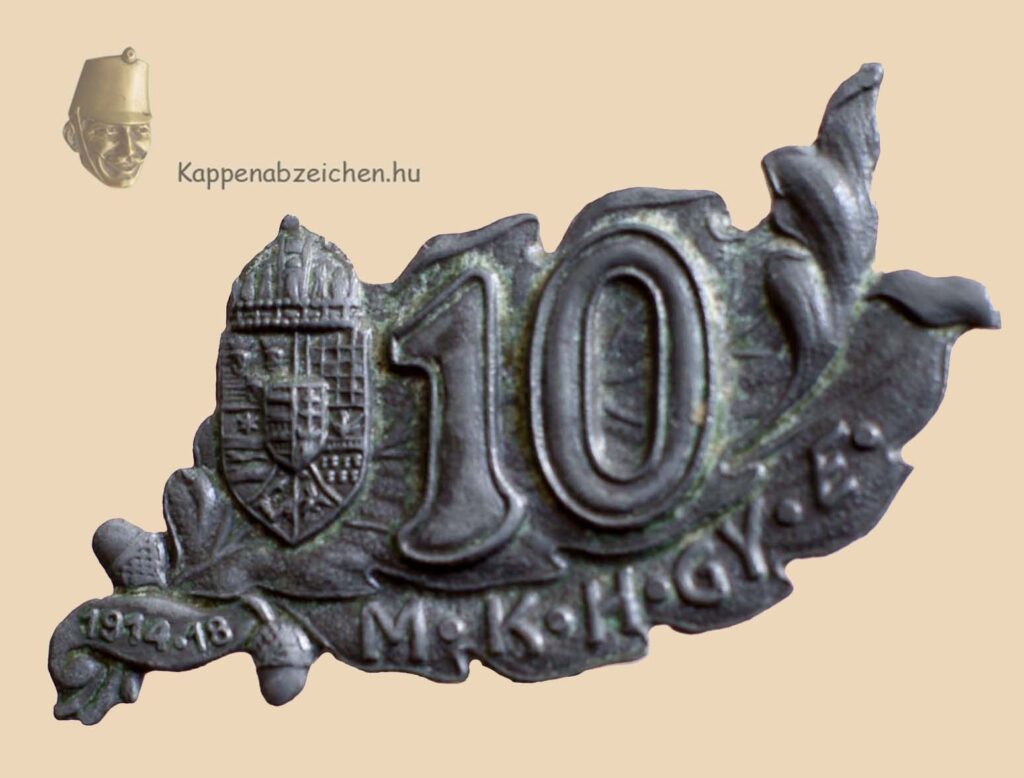
One of the insignia of the 10th honvéd infantry regiment obviously fits the post. I have now chosen a rarer one of these. Márkus Berger’s company made the insignia showing the colored regimental number placed on the oak leaf.

